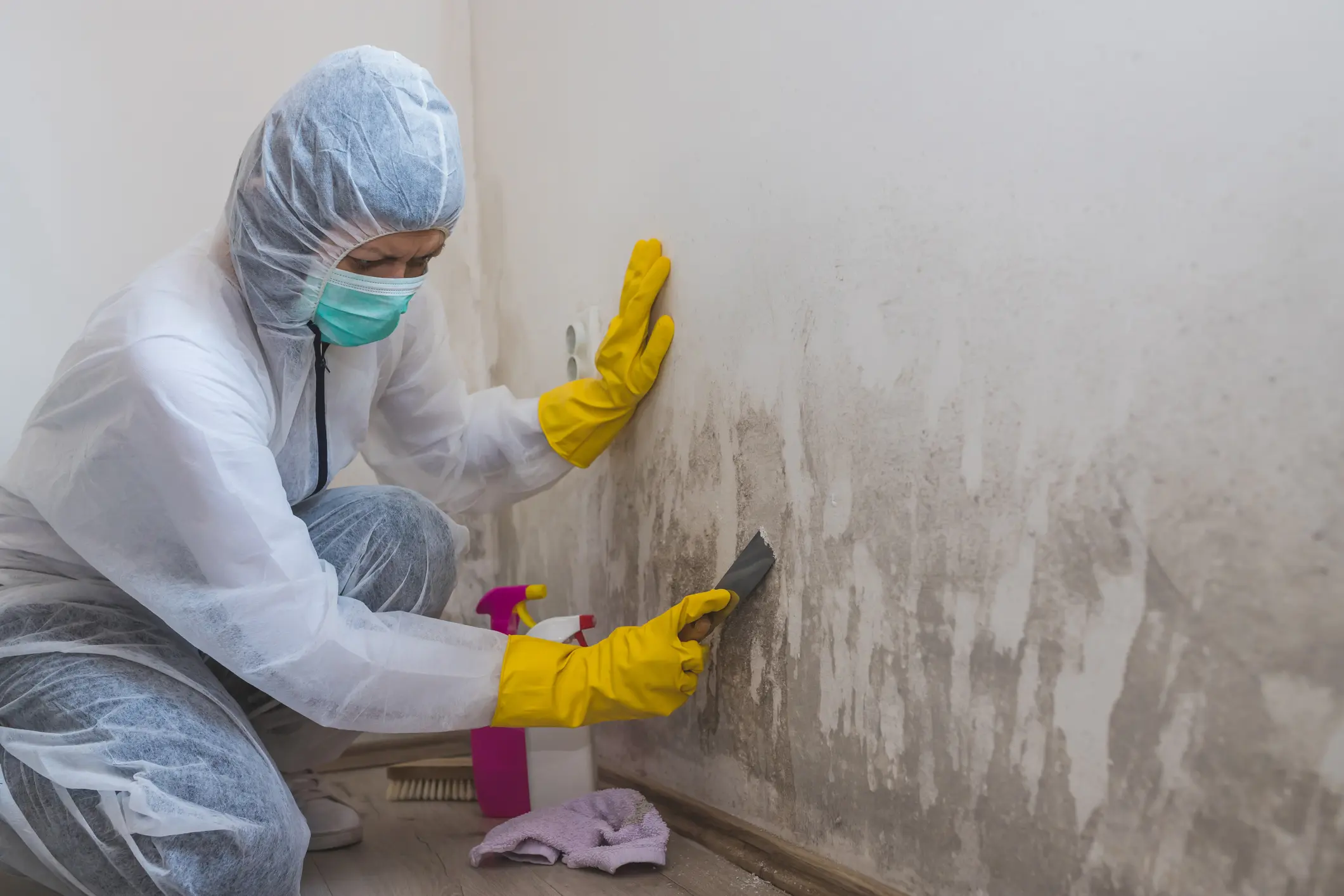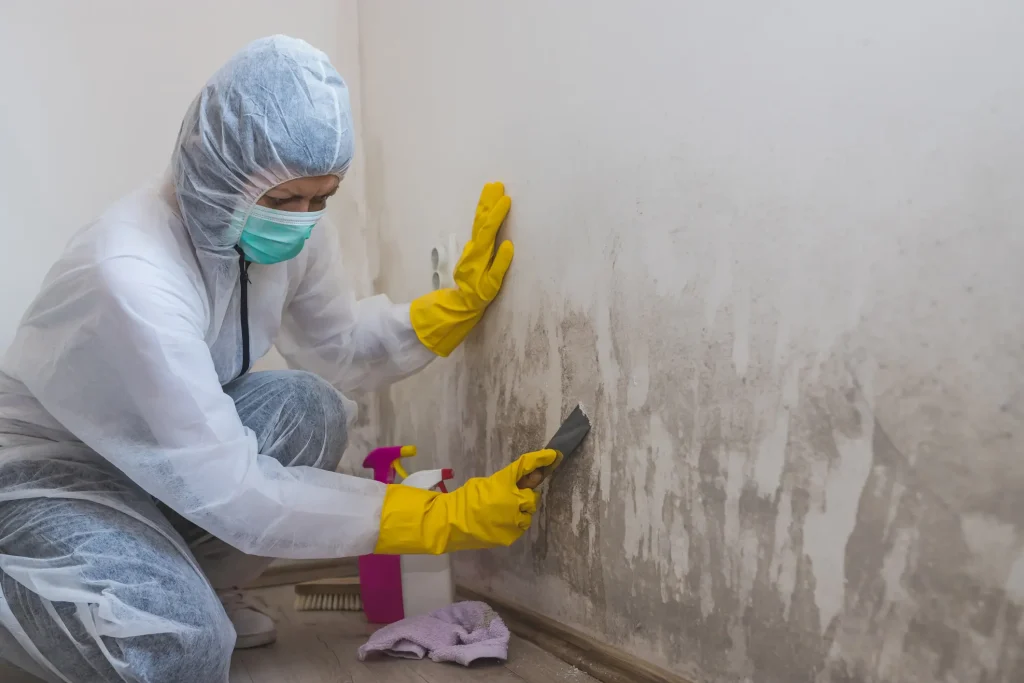
Damp Proofing Your Home: A Guide to Prevent Moisture Intrusion
A cozy and comfortable home is a sanctuary, providing refuge from the outside world. However, even the sturdiest of structures can fall victim to the relentless effects of moisture intrusion. Dampness in your home not only diminishes its aesthetic appeal but also poses serious risks to your health and the structural integrity of the building. In this guide, we’ll explore the importance of damp proofing, its benefits, and the various methods you can employ to keep your home dry, comfortable, and resilient.
Understanding Dampness: The Culprit Behind Home Woes
Dampness refers to the presence of excessive moisture or water in the walls, floors, or ceilings of a building. This can occur due to a variety of factors, including water leaks, poor ventilation, rising groundwater, condensation, and even poorly maintained drainage systems. The consequences of unchecked dampness are far-reaching and can lead to issues such as mold growth, decay of structural materials, and health problems like allergies and respiratory illnesses.
Benefits of Damp Proofing
Damp proofing your home isn’t just about cosmetic improvements. It’s a proactive measure that offers a multitude of benefits:
- Structural Integrity: Dampness can weaken the building’s structure over time, leading to cracks, deterioration, and even potential collapse. Damp proofing safeguards against these risks, ensuring your home remains structurally sound.
- Health and Well-being: Damp environments provide an ideal breeding ground for mold, fungi, and other allergens. By preventing dampness, you’re also protecting your family’s health and well-being.
- Energy Efficiency: Dampness can compromise insulation, leading to higher energy consumption as your heating and cooling systems struggle to maintain the desired temperature. Damp proofing helps maintain optimal energy efficiency.
- Property Value: A well-maintained, damp-free home retains its value better than one plagued by moisture issues. Damp proofing investments can yield significant returns if you decide to sell your property.
Damp Proofing Methods
Several effective methods can be employed to damp proof your home:
- Physical Damp Proof Course (DPC): A DPC is a physical barrier installed at the base of walls to prevent moisture rising from the ground. It can be made of materials like plastic, slate, or metal.
- Chemical Damp Proofing: This involves injecting damp-proofing chemicals into the walls to create a barrier against moisture. Chemical methods are especially useful for existing structures.
- Cavity Wall Insulation: Installing insulation within the cavity between two layers of external walls can help prevent moisture from penetrating into the interior.
- Surface Treatments: Applying water-resistant coatings to walls and floors can help repel moisture and prevent dampness from seeping in.
- Proper Ventilation: Adequate ventilation is essential to prevent condensation-related dampness. Install exhaust fans, open windows, and use dehumidifiers in areas prone to moisture buildup.
- Gutter Maintenance: Ensure that gutters and downspouts are clear of debris and functioning properly to direct rainwater away from the building.
Regular Maintenance and Monitoring
Damp proofing isn’t a one-time task; it requires ongoing maintenance and vigilance. Regularly inspect your home for signs of dampness, such as discolored patches, mold growth, or a musty odor. Address any issues promptly to prevent them from worsening.
In Conclusion
Damp proofing your home is an investment in its longevity, your health, and your peace of mind. By employing appropriate damp proofing methods and practicing consistent maintenance, you can create a dry, comfortable, and resilient living environment. Don’t underestimate the importance of keeping moisture at bay – your home and your well-being will thank you.






